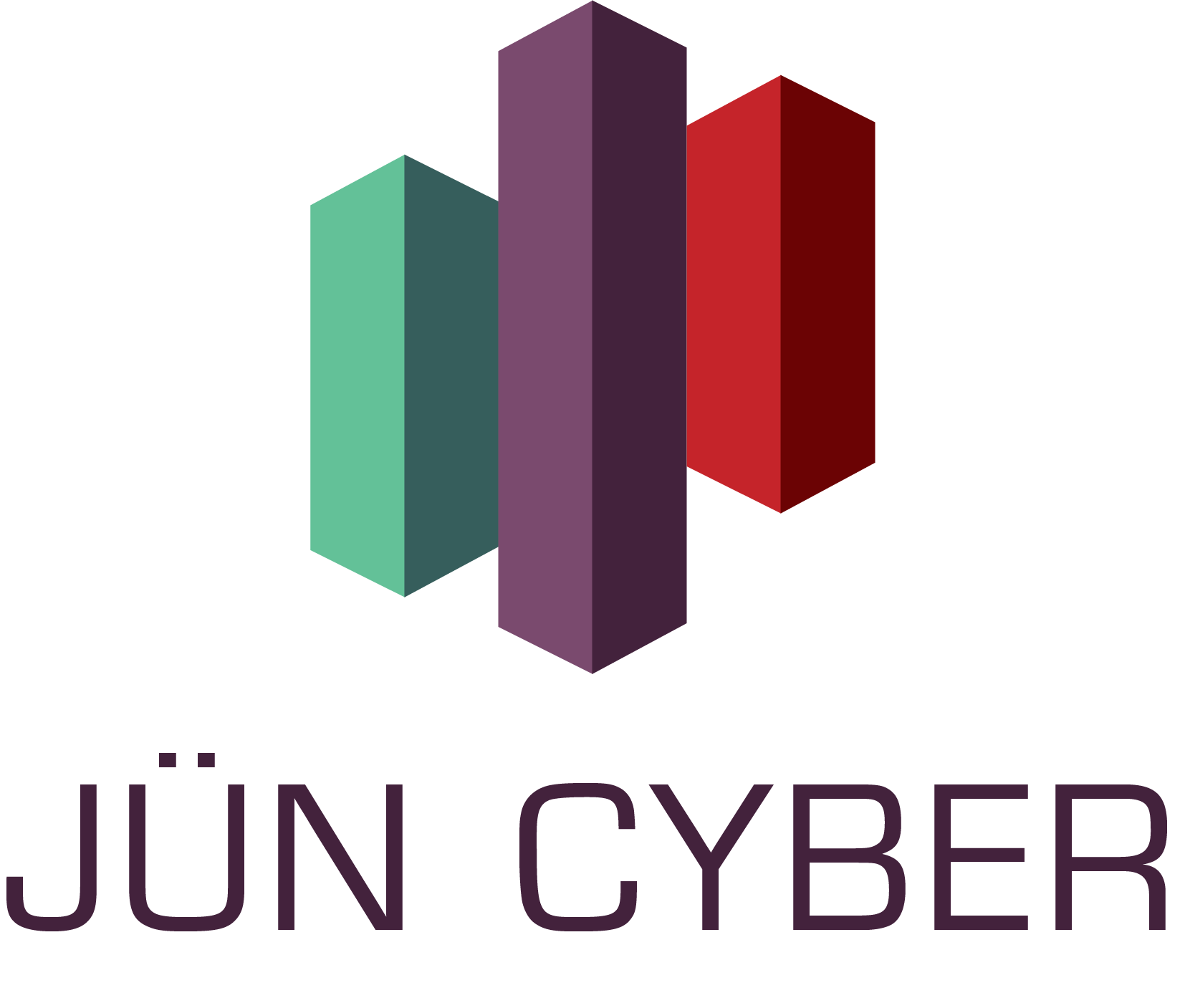
What the Industry Thinks About the Latest CMMC Rules
The world of cybersecurity is ever-evolving, with new standards and regulations consistently introduced to address emerging threats and ensure the protection of sensitive information. One such significant development is the latest update to the Cybersecurity Maturity Model Certification (CMMC). In this blog post, we’ll take a deep dive into what the industry experts are saying about these latest CMMC rules, explore the potential impacts on organizations, and provide an overview of what businesses need to consider moving forward.
Understanding the Latest CMMC Rules
The Cybersecurity Maturity Model Certification (CMMC) is a unified standard for implementing cybersecurity across the defense industrial base (DIB). The latest rules, introduced in August 2024, aim to streamline compliance requirements while fortifying security measures. This version is seen as a more refined and adaptive framework based on feedback from previous iterations as well as the evolving threat landscape.
Key Changes in the Updated CMMC Rules
- Tiered Model: The updated CMMC rules continue to employ a tiered model, but with refinements to the levels. These changes aim to make compliance clearer and more achievable for different types of contractors.
- Assessment Process: New assessment protocols include both self-assessments and third-party audits depending on the level of certification required. This dual approach helps ensure smaller businesses are not overly burdened.
- Updated Controls Framework: Aligning more closely with NIST SP 800-171, the updated controls integrate feedback and attempt to simplify implementation without compromising on security.
Industry’s Response to the Latest CMMC Rules
The revisions to the CMMC have sparked a variety of responses from industry stakeholders, ranging from cautious optimism to concerns about implementation complexities.
Positive Receptions
Many industry experts have responded positively to the latest CMMC rules. Here are a few reasons why:
- Clarity and Simplicity: The revised model is seen as clearer and more straightforward, which can help organizations of all sizes understand their requirements better and implement necessary measures.
- Flexibility: The dual-assessment approach offers flexibility, making it easier for small and medium-sized enterprises (SMEs) to comply without being unduly burdened by the costs associated with third-party assessments.
- Alignment with NIST: Integrating controls more closely with NIST SP 800-171 reduces redundancy and aligns with existing federal standards, making compliance less complex.
Concerns and Challenges
Despite the positive feedback, there are also concerns, primarily revolving around the implementation and scalability of these rules:
- Cost Implications: While the dual-assessment process offers some relief, there are still concerns about the overall financial burden on businesses, especially smaller contractors who may lack the resources.
- Scalability: There’s a fear that even with the simplified framework, scaling up these requirements across a broad and diverse base of contractors could be a massive logistical challenge.
- Complex Requirements: Some stakeholders believe that despite the intended simplifications, the model still presents complex requirements that could be daunting for organizations new to cybersecurity protocols.
Preparing for CMMC Compliance
Given the mixed responses, it is crucial for organizations to be well-prepared to navigate these updates successfully. Below are some critical steps businesses can undertake:
Conduct a Gap Analysis
Organizations should start by conducting a thorough gap analysis to compare their current cybersecurity measures against the new CMMC requirements. This will help in identifying specific areas that need enhancement or adjustment.
Invest in Cybersecurity Training
Regular training and upskilling of staff are crucial. Ensuring that your team understands the updated requirements and knows how to implement them can prevent costly mistakes down the line.
Seek Expert Guidance
The complexity of the CMMC rules can often require expert interpretation. Working with consulting firms that specialize in CMMC compliance can provide the necessary insights and hands-on assistance to ensure your organization not only meets but exceeds the required standards.
What Lies Ahead
As cybersecurity threats continue to evolve, so too will the standards and practices designed to thwart them. The latest CMMC rules are a step forward in creating a more secure defense industrial base. However, they also serve as a reminder that cybersecurity is a continuous process that requires constant vigilance and adaptation. Industry players must engage proactively and collaboratively to ensure sustained compliance and security.
At Jun Cyber, we understand the challenges and opportunities posed by the latest CMMC rules. Our team of experts is here to help you navigate these new requirements efficiently and effectively. Whether you’re a small business grappling with self-assessment or a large enterprise preparing for a third-party audit, we provide tailored solutions to meet your unique compliance needs.
The path to compliance with the latest CMMC rules may be complex, but with the right strategies and partners, it is entirely achievable. As the landscape continues to change, staying informed and prepared will be the key to safeguarding sensitive information and maintaining trust within the defense industrial base.
Are you ready to secure your future with the latest CMMC compliance? Schedule a free consultation with Jun Cyber today, and let’s explore how we can help you achieve and maintain compliance.
Reference: Federal News Network: Industry’s take on the latest CMMC rules
Website: www.juncyber.com
